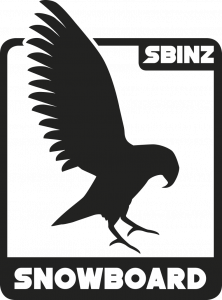How the Snowboard Performs explores the outcomes of blended movements through use of timing, power and range, and how the snowboard performs with edging, pressuring and steering. As well as the various movement options an instructor needs to understand how the snowboard should perform for specific tasks and outcomes.
Creating & Managing Rebound
Utilising the rebound created in the snowboard is a vital part of high level riding. Essentially, rebound is the stored energy created through pressuring (bending and flexing) the snowboard. What a rider chooses to do with this energy will affect the overall outcome of the task.
Rebound can be stored anywhere from the nose to the tail of the board, as well as directing it to the desired edge, if required. Creating rebound for high performance tasks takes time and practice. Timing is crucial to creating rebound; however, the amount of range and power applied can also greatly alter the result.
That being said, creating rebound is often the easier part. How the energy in the board is released and managed is actually the more valuable skill. Rebound can be regulated to release the stored energy at different speeds, slowly or quickly.
Example
In high performance carving, the rebound can be released quickly resulting in a snappy, aggressive edge change with the board leaving the snow. Alternatively, it can be released with more patience and strength, resulting in a slower, more progressive edge change, whilst maintaining contact with the snow.


